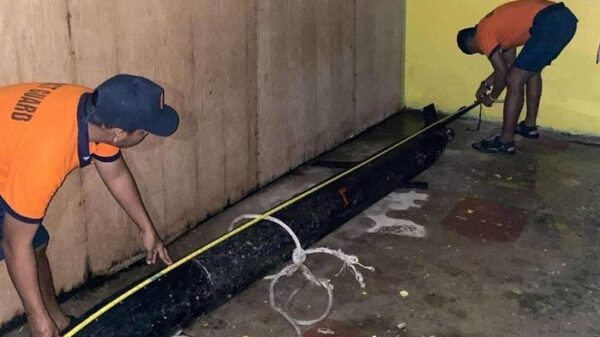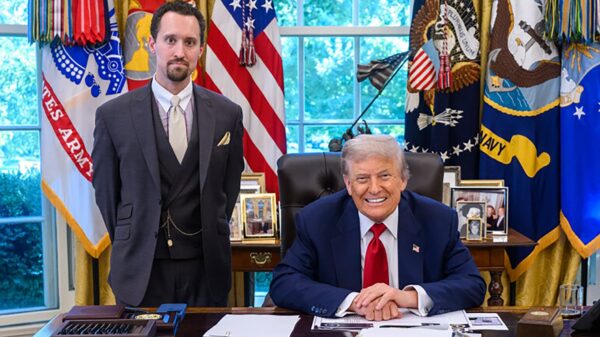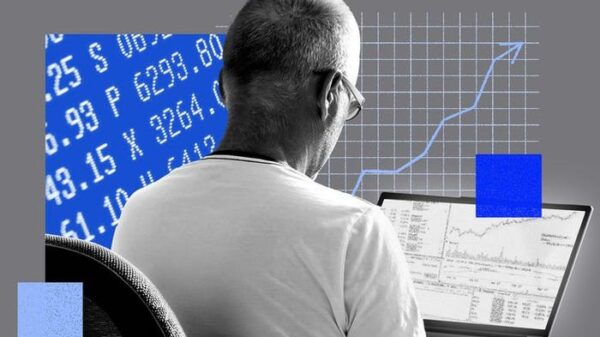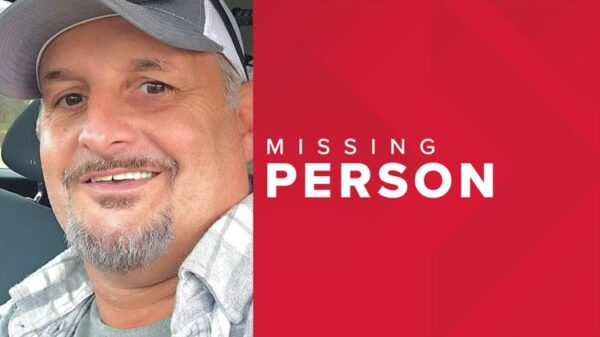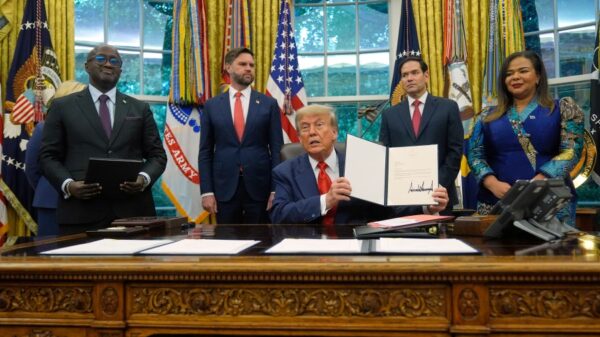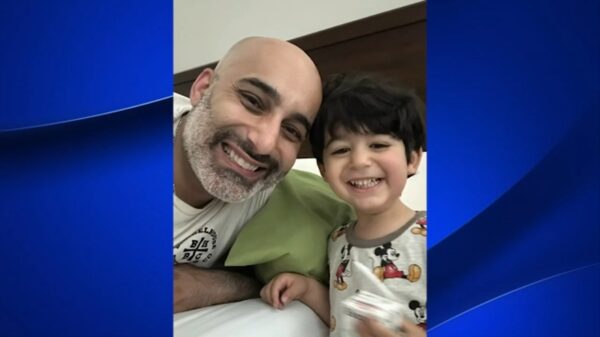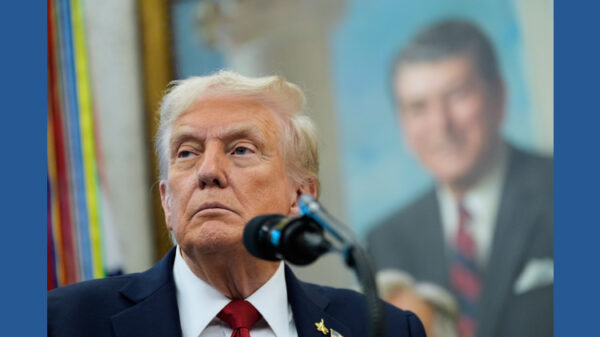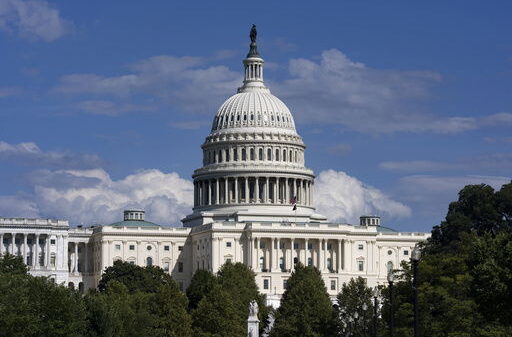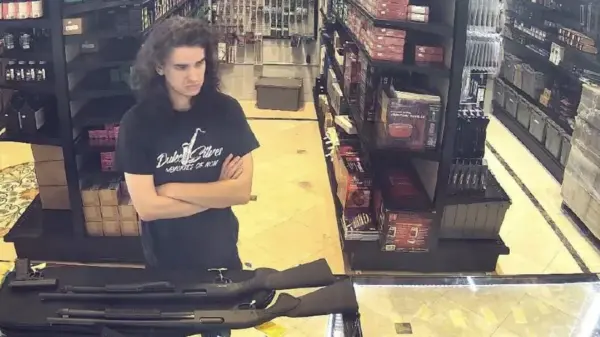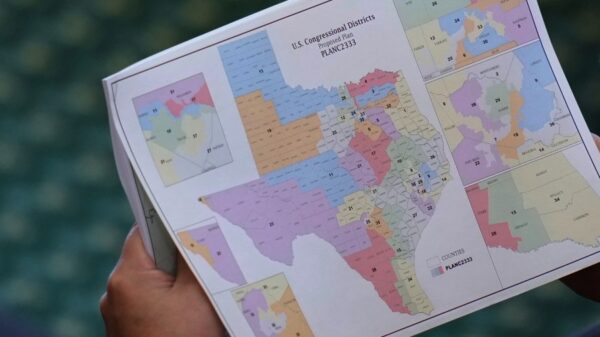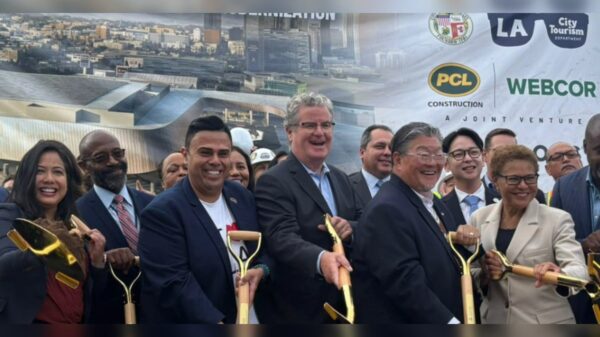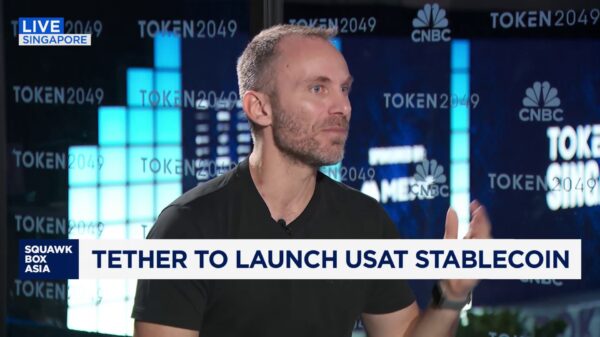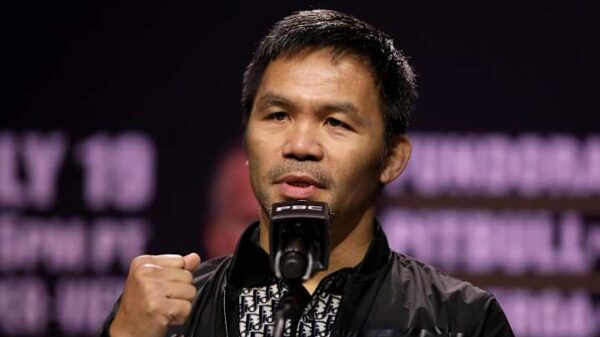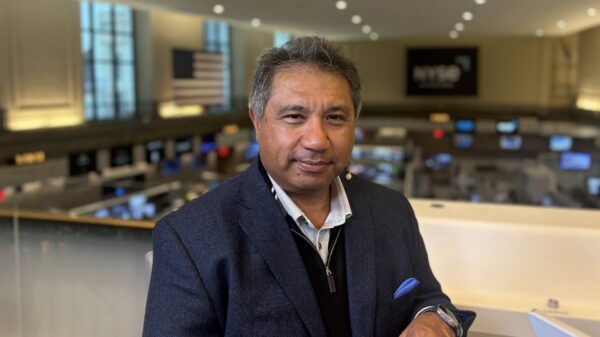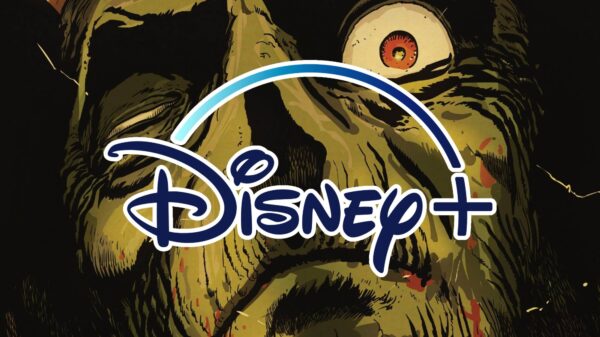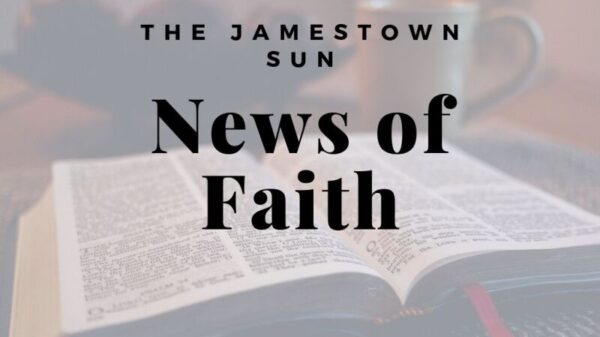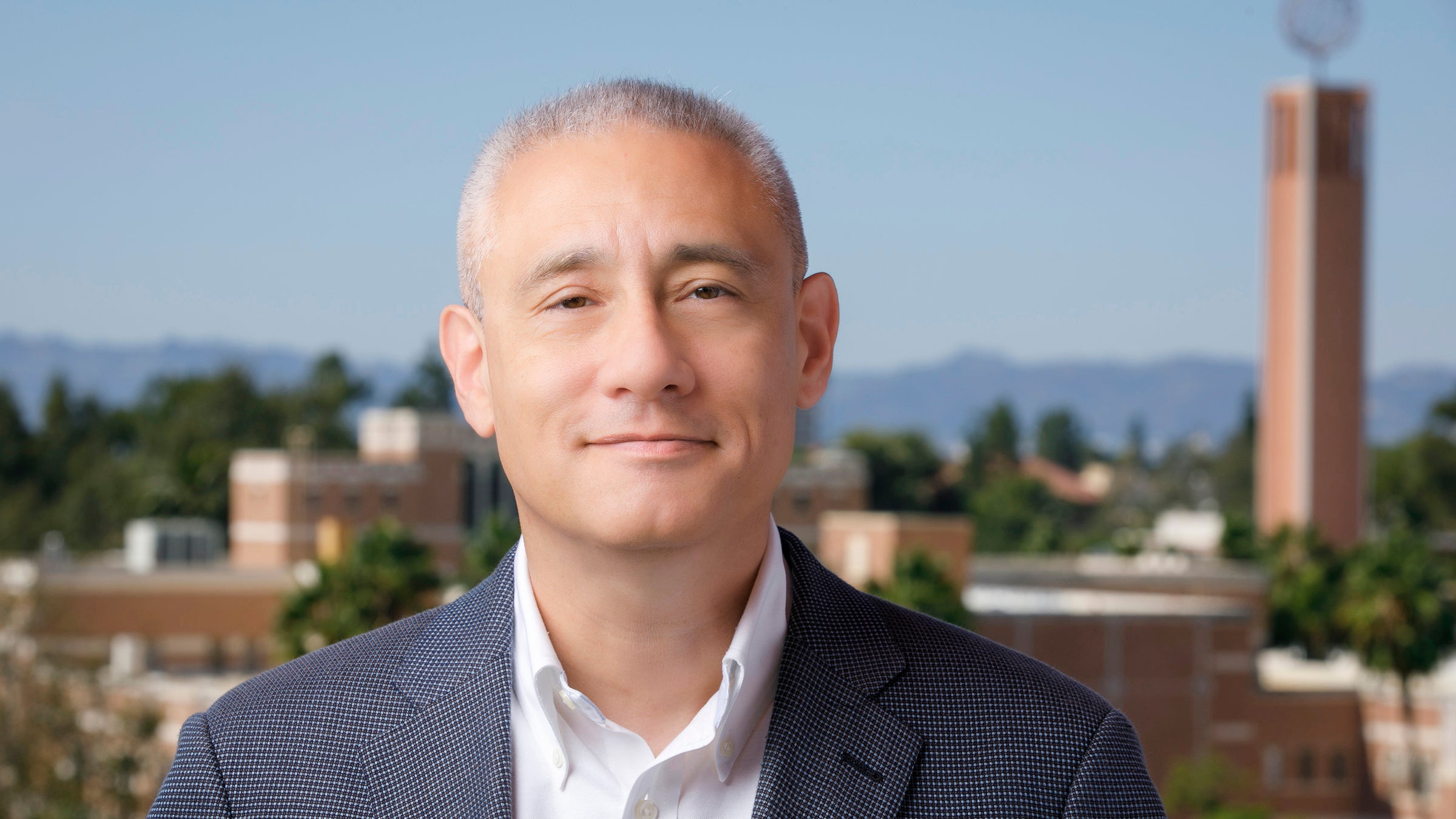Recent research by Professor John Matsusaka at the USC Marshall School of Business has uncovered alarming trends in the state of direct democracy in the United States. By analyzing nearly 70 years of data on ballot propositions, Matsusaka’s study highlights a troubling increase in legislative efforts aimed at limiting voters’ ability to propose initiatives in their states. His findings were published on September 25, 2025, in the Journal of Political Institutions and Political Economy.
Matsusaka’s research, titled “Direct Democracy Backsliding, 1955-2024,” reveals that attempts to restrict direct democracy occur approximately twice during each two-year electoral cycle. This phenomenon reflects a broader trend of democratic backsliding, where elected officials introduce measures that hinder citizen engagement in decision-making processes.
Understanding Direct Democracy Backsliding
Direct democracy allows citizens to directly influence political issues through mechanisms such as referendums and ballot propositions. Matsusaka defines “backsliding” as the gradual erosion of these mechanisms, making it increasingly difficult for voters to express their opinions directly. He cites numerous instances of laws designed to limit voter initiatives, noting that the past few decades have seen a significant uptick in such legislative actions.
“When people discuss backsliding, they refer to the incremental changes that make it harder for voters to participate in the democratic process,” Matsusaka explained. “The concern has been growing in media outlets, prompting my research to quantify how frequently these changes occur.” By meticulously cataloging legislation over the last 60 to 70 years, he aimed to provide a factual basis for the ongoing debate.
Key Findings and Legislative Trends
One example Matsusaka provides is the requirement for a certain number of signatures to place an initiative on the ballot in states like California. “If the required number of signatures is set too high, it effectively eliminates the possibility of initiatives appearing on the ballot,” he noted. Conversely, lower thresholds can enhance citizen participation.
Through his analysis, Matsusaka found a significant imbalance: more laws aimed at restricting direct democracy than those that enhance it. “Our elected officials often advocate for changes that complicate the process of direct democracy,” he stated. “This ongoing trend has been a constant over the years, with no recent spike in activity.” The most pronounced efforts to restrict direct democracy occurred around the year 2000.
Examining nearly seven decades of data, Matsusaka concluded that the impulse to constrain voter initiatives is a persistent issue among elected officials. “Every year, somewhere in the country, there are attempts to limit voters’ abilities to engage with ballot initiatives,” he said, emphasizing that this trend is both perennial and concerning.
Despite the unsettling nature of his findings, Matsusaka believes there is a silver lining. He referenced a well-known quote by Winston Churchill regarding the flaws of democracy, suggesting that while imperfections exist, democratic systems still offer better alternatives than other forms of governance. “Democracy may fail in many respects, but it remains superior to the alternatives,” he asserted.
Matsusaka’s comprehensive research serves as a critical reminder for citizens to remain vigilant about their representatives’ actions and to advocate for the preservation of democratic engagement through direct initiatives. As American democracy faces these challenges, the importance of informed citizen participation becomes ever more crucial.

